HVAC Copper Fittings: A Comprehensive Guide to Types, Uses, and Installation call now 8630706673
Heating, Ventilation, and Air Conditioning (HVAC) systems are essential components in modern buildings, providing comfort and maintaining indoor air quality. Copper fittings play a crucial role in the construction and maintenance of HVAC systems. In this comprehensive guide, we will explore the various types of HVAC copper fittings, ac copper pipe joining methods, their uses, advantages, and the proper installation techniques.
I. Importance of Copper Fittings in HVAC Systems
A. Heat Transfer Efficiency
Copper has long been favored in HVAC systems for its excellent thermal conductivity. This property allows copper fittings to efficiently transfer heat, a critical factor in both heating and cooling processes. HVAC systems rely on the rapid and efficient exchange of thermal energy, making copper an ideal material for fittings.
B. Corrosion Resistance
Copper’s resistance to corrosion is another significant advantage. HVAC systems often encounter moisture, which can lead to rust and corrosion in other materials. Copper fittings, however, have a natural resistance to corrosion, ensuring the longevity and reliability of the HVAC system.
Are you looking to buy AC tools?
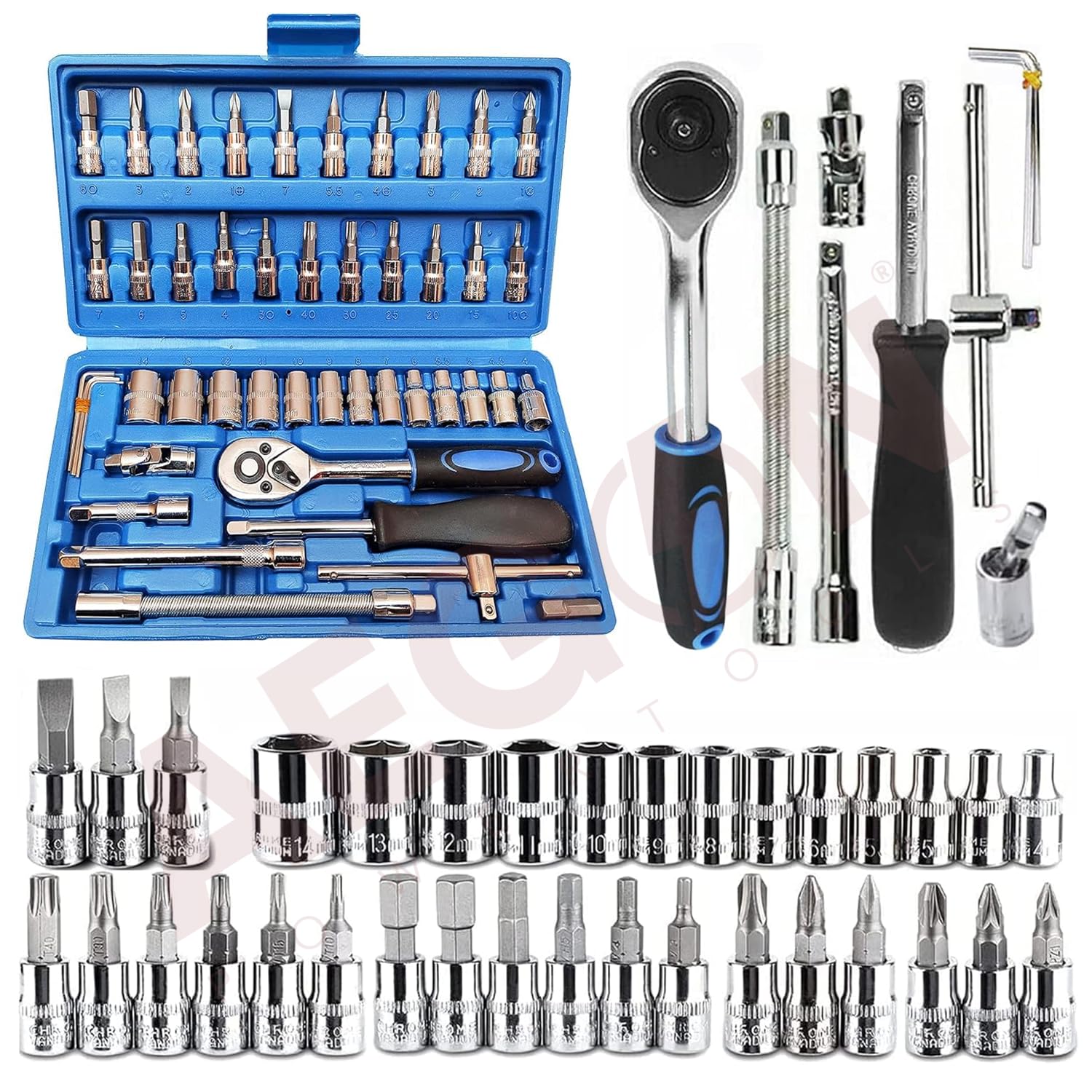
C. Durability
The durability of copper fittings contributes to the overall robustness of HVAC systems. They can withstand high pressures and temperatures, making them suitable for various applications, from residential air conditioning units to large industrial HVAC systems.
II. Types of HVAC Copper Fittings
A. Copper Elbows
1. 90-Degree Elbows
Copper 90-degree elbows are commonly used in HVAC systems to change the direction of the piping. They are essential for navigating around obstacles and creating efficient flow paths within the system.
2. 45-Degree Elbows
Similar to 90-degree elbows, 45-degree elbows provide a less abrupt change in direction. They are used in situations where a more gradual turn is required, optimizing the flow of air or refrigerant through the HVAC system.
B. Copper Tees
Copper tees are fittings shaped like the letter “T.” They are crucial for branching off into different directions within the HVAC system. Tees allow for the creation of multiple paths for air or refrigerant flow, contributing to system flexibility.
C. Copper Couplings
Couplings are used to connect two pipes of the same diameter. In HVAC systems, copper couplings ensure a secure and leak-free connection, maintaining the efficiency of the entire system.
D. Copper Reducers
Reducers are fittings that connect pipes of different diameters. In HVAC applications, reducers are essential for adapting to varying pipe sizes within the system, ensuring a smooth transition of air or refrigerant.
E. Copper Caps and Plugs
Caps and plugs are used to seal off the ends of pipes. In HVAC systems, they are crucial during installation and maintenance, preventing leaks and ensuring the system’s integrity.
III. Common Applications of HVAC Copper Fittings
A. Air Conditioning Systems
Copper fittings are extensively used in air conditioning systems for residential, commercial, and industrial applications. The flexibility and efficiency of copper make it an ideal choice for ensuring the proper flow of refrigerant, contributing to the overall cooling process.
B. Heating Systems
In heating systems, copper fittings play a vital role in facilitating the circulation of hot water or steam. The durability of copper ensures that the fittings can withstand high temperatures without compromising the system’s efficiency.
C. Ventilation Systems
Proper ventilation is crucial for maintaining indoor air quality. Copper fittings are used in ventilation systems to create efficient pathways for the movement of air, ensuring the effective removal of pollutants and the supply of fresh air.
D. Refrigeration Systems
Refrigeration systems, whether in commercial refrigerators or industrial cold storage facilities, rely on copper fittings for their thermal conductivity and resistance to corrosion. Copper ensures that the refrigerant flows smoothly, contributing to the efficiency of the cooling process.
Are you looking to buy new AC?
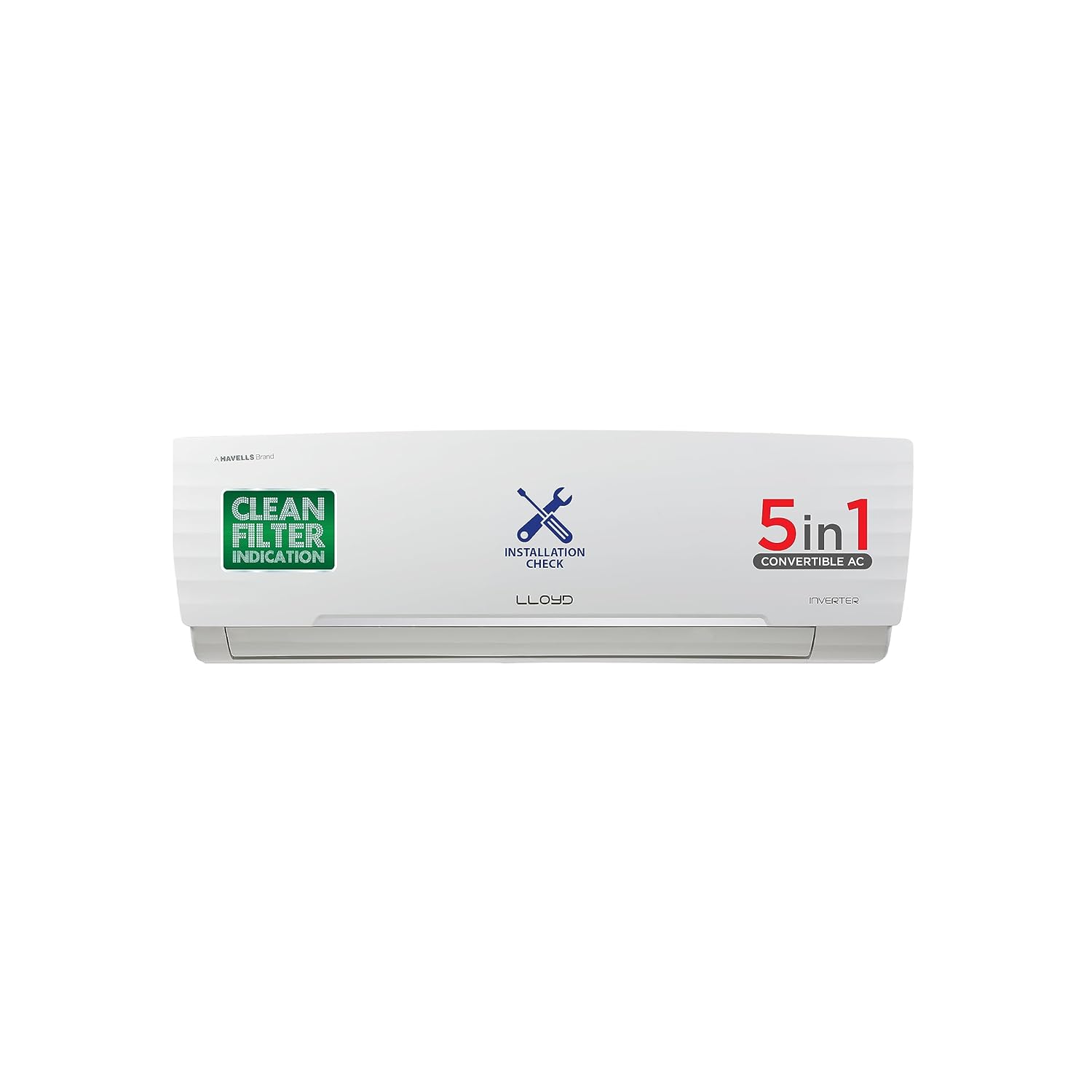
IV. Advantages of HVAC Copper Fittings
A. Thermal Conductivity
Copper’s high thermal conductivity is a significant advantage in HVAC applications. It allows for efficient heat transfer, contributing to the overall performance of heating and cooling systems. This property ensures that HVAC systems can achieve the desired temperature quickly and maintain it consistently.
B. Corrosion Resistance
The resistance of copper to corrosion is a crucial factor in the longevity of HVAC systems. Corrosion can lead to leaks and system failures, resulting in increased maintenance costs and potential damage to the building. Copper fittings provide a reliable and durable solution, minimizing the risk of corrosion-related issues.
C. Durability
HVAC systems often operate under challenging conditions, including high pressures and temperatures. Copper fittings are known for their durability, with the ability to withstand the rigors of HVAC applications. This durability contributes to the longevity of the system and reduces the need for frequent replacements or repairs.
D. Ease of Installation
Copper fittings are relatively easy to install, making them a preferred choice for HVAC professionals. Their malleability allows for simple adjustments during installation, ensuring a precise fit. The ease of installation can result in time and cost savings, benefiting both contractors and building owners.
E. Compatibility
Copper fittings are compatible with various HVAC components and materials. Whether connecting to copper pipes, HVAC units, or other system elements, copper fittings provide a versatile and adaptable solution. This compatibility enhances the flexibility of HVAC system design and installation.
V. Installation Guidelines for HVAC Copper Fittings
A. Proper Soldering Techniques
Soldering is a common method for joining copper fittings in HVAC systems. Proper soldering techniques are crucial to ensure a secure and leak-free connection. This section will outline the key steps for effective soldering:
- Clean the Surfaces: Before soldering, it is essential to clean the surfaces of the copper fittings and pipes. Use a wire brush or abrasive cloth to remove any oxidation or debris.
- Apply Flux: Apply a thin layer of flux to the cleaned surfaces. Flux helps in the soldering process by preventing oxidation and promoting the flow of solder.
- Assemble the Fittings: Assemble the fittings and pipes in the desired configuration. Ensure that they fit tightly together to create a secure joint.
- Heat the Joint: Use a propane torch or a suitable heat source to heat the joint evenly. Heat the area around the joint, not directly on it.
- Apply Solder: Once the joint reaches the appropriate temperature, apply solder to the joint. The solder should melt and flow into the joint, creating a strong bond.
- Allow Cooling: Allow the joint to cool naturally. Do not disturb the joint while it is cooling to ensure a solid and leak-free connection.
B. Flaring and Swaging
Flaring and swaging are techniques used to create a tight seal between copper fittings and pipes. These methods are commonly employed in HVAC applications where a secure connection is essential:
- Flaring: Flaring involves shaping the end of a copper pipe into a cone shape. This cone-shaped end fits into a corresponding flare fitting. A flare nut is then tightened onto the fitting, creating a secure connection.
- Swaging: Swaging involves reducing the diameter of a copper pipe at one end. This reduced end fits into a swage fitting, creating a tight seal. Swaging is often used when connecting pipes of different diameters.
C. Proper Pipe Support and Alignment
Proper support and alignment of copper pipes and fittings are crucial for the stability and integrity of the HVAC system. Follow these guidelines for effective pipe support and alignment:
- Use Adequate Hangers: Install hangers at regular intervals to support the weight of the pipes. The spacing of hangers depends on the size and weight of the pipes.
- Align Pipes Properly: Ensure that pipes are aligned correctly during installation. Misaligned pipes can lead to stress on the fittings and joints, potentially causing leaks or system failures.3 Allow for Thermal Expansion: Copper pipes can expand and contract with changes in temperature. Allow for proper expansion by using expansion loops or flexible connectors where necessary.
Allow for Thermal Expansion: Copper pipes can expand and contract with changes in temperature. Allow for proper expansion by using expansion loops or flexible connectors where necessary.
Recommend Service :
AC Service, Repair & Installation Noida
Washing Machine Repair in Noida
Refrigerator Repair Service in Noida
Elevate Your Home, Offices and Showroom with Professional Diwali Decoration Services
VI. Maintenance and Troubleshooting
A. Regular Inspection
Regular inspection of HVAC copper fittings is essential to identify potential issues before they escalate. During routine maintenance, HVAC professionals should:
- Check for Leaks: Inspect all joints and fittings for signs of leaks. Leaks can lead to inefficiencies in the system and may cause damage to the surrounding area.
- Verify Tightness of Connections: Ensure that all connections are tight and secure. Loose fittings can result in air or refrigerant leaks, impacting the system’s performance.
- Inspect for Corrosion: Check for any signs of corrosion on the copper fittings. Corrosion can weaken the fittings over time, leading to failures.
- Clean and Remove Debris: Remove any debris or dirt that may have accumulated on the fittings. Clean fittings contribute to optimal system performance.
B. Troubleshooting Common Issues
HVAC systems may encounter various issues over time. Understanding common problems associated with copper fittings can help in troubleshooting and resolving issues promptly:
- Leaks: Leaks can occur due to faulty soldering, loose connections, or corrosion. Identifying the source of the leak and addressing it promptly is crucial to prevent further damage.
- Corrosion: Corrosion can weaken copper fittings and pipes. If corrosion is detected, the affected fittings should be replaced, and measures should be taken to prevent future corrosion.
- Poor Heat Transfer: Insufficient heat transfer may result from improper sizing of fittings, obstructions in the pipes, or air pockets. A thorough inspection of the system can help identify and address these issues.
- Inadequate Cooling or Heating: If the HVAC system is not providing adequate cooling or heating, it could be due to issues with the refrigerant flow, improperly sized fittings, or a malfunctioning component. Troubleshooting the specific components can help resolve the issue.
VII. Future Trends in HVAC Copper Fittings
A. Smart HVAC Systems
The integration of smart technologies in HVAC systems is a growing trend. Smart thermostats, sensors, and controllers are becoming commonplace, allowing for more precise control over heating, ventilation, and air conditioning. While copper fittings themselves may not be smart, and, their compatibility with advanced HVAC technologies positions them as, essential components in future-proofing HVAC systems.
B. Sustainable Practices
The HVAC industry is increasingly focusing on sustainability and environmental considerations. Copper, being a recyclable material, aligns with the industry’s push towards sustainability. As demand for environmentally friendly practices grows, copper fittings may see increased adoption in green building initiatives and eco-friendly HVAC system designs.
C. Advanced Materials
Research and development in materials science may lead to the introduction of advanced copper alloys with enhanced properties. These materials could offer improved heat transfer efficiency, increased durability, and resistance to specific environmental challenges. Keeping an eye on emerging materials can guide HVAC professionals in selecting the most advanced and suitable fittings for their systems.
HVAC copper fittings play a fundamental role in the efficiency, durability, and reliability of heating, ventilation, and air conditioning systems. Their unique properties, including high thermal conductivity, corrosion resistance, and durability, make them a preferred choice for HVAC professionals. Understanding the types of copper fittings, their applications, and proper installation techniques is essential for ensuring the optimal performance of HVAC systems.
As the HVAC industry continues to evolve, incorporating smart technologies and sustainable practices, copper fittings are likely to maintain their prominent position as a cornerstone in the construction and maintenance of efficient HVAC systems. Staying informed about emerging trends and best practices will empower HVAC professionals to navigate the evolving landscape and deliver high-performance, sustainable solutions for indoor comfort.
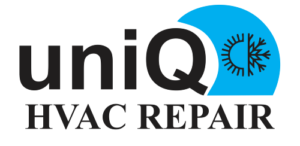
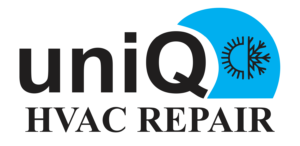

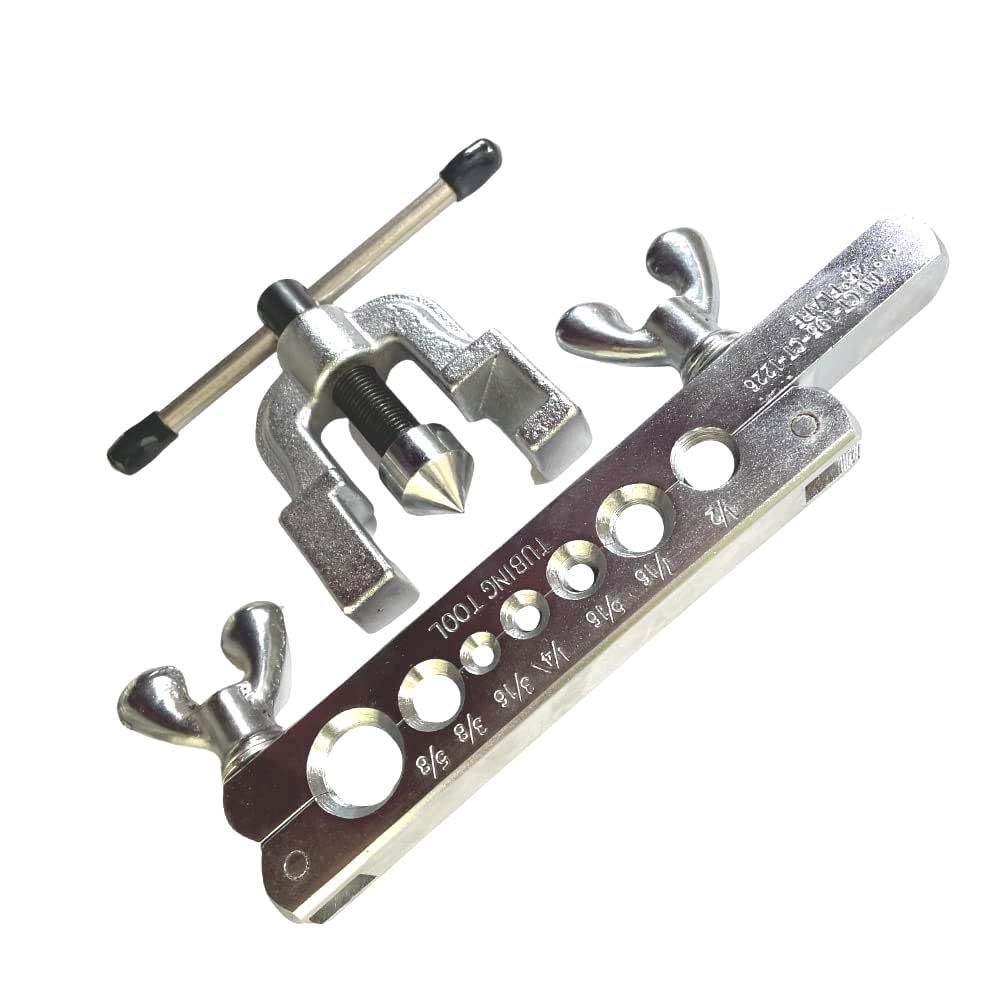
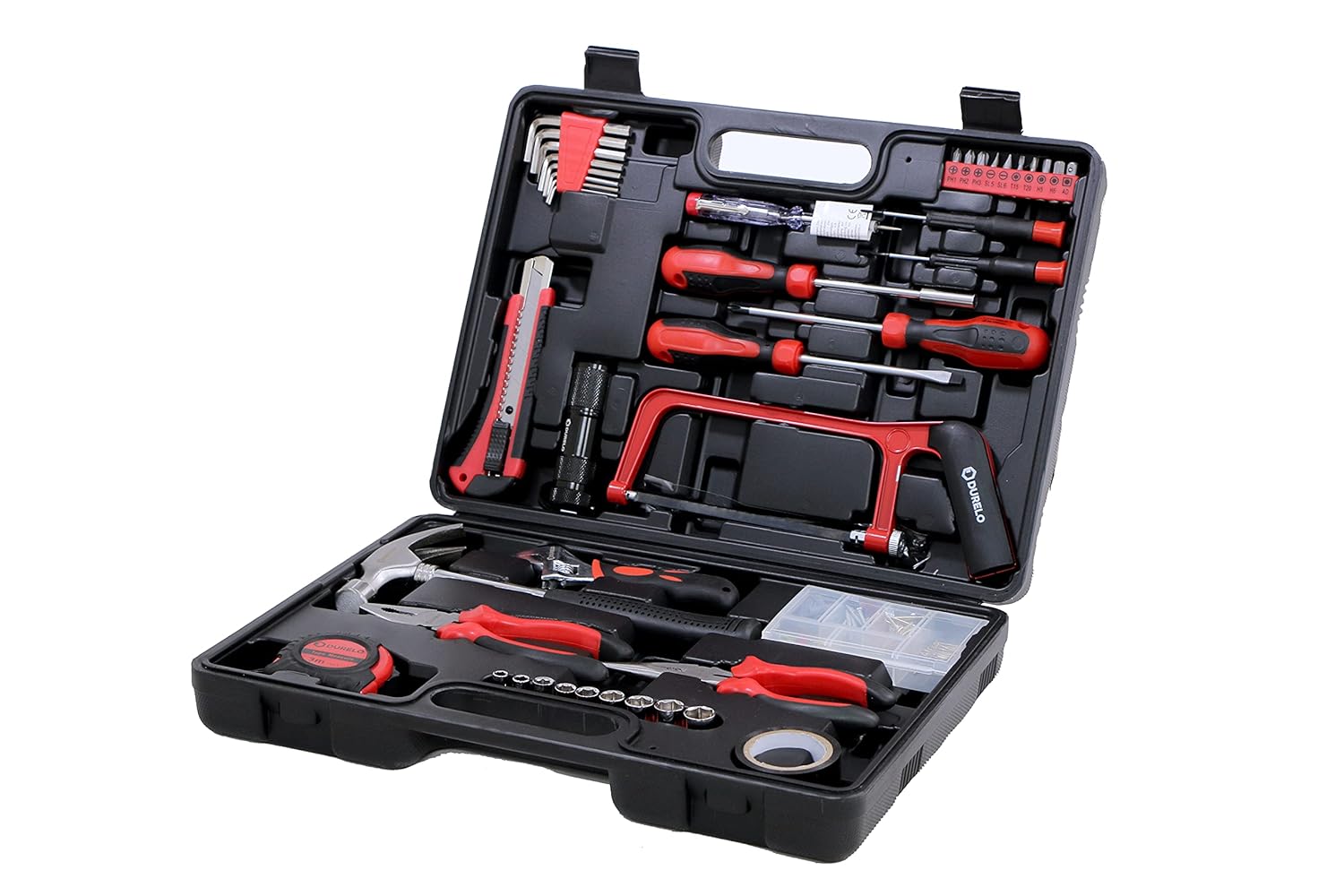
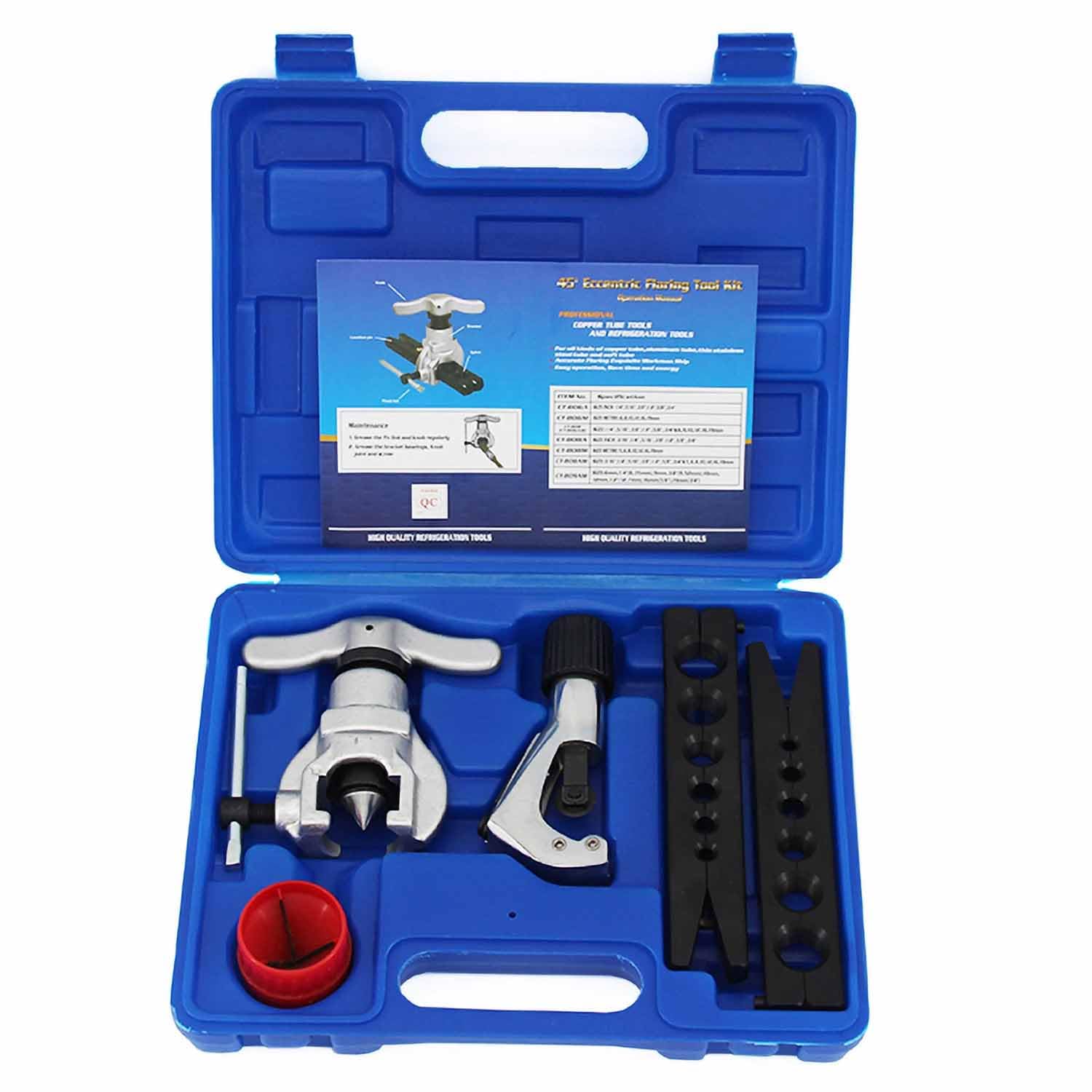
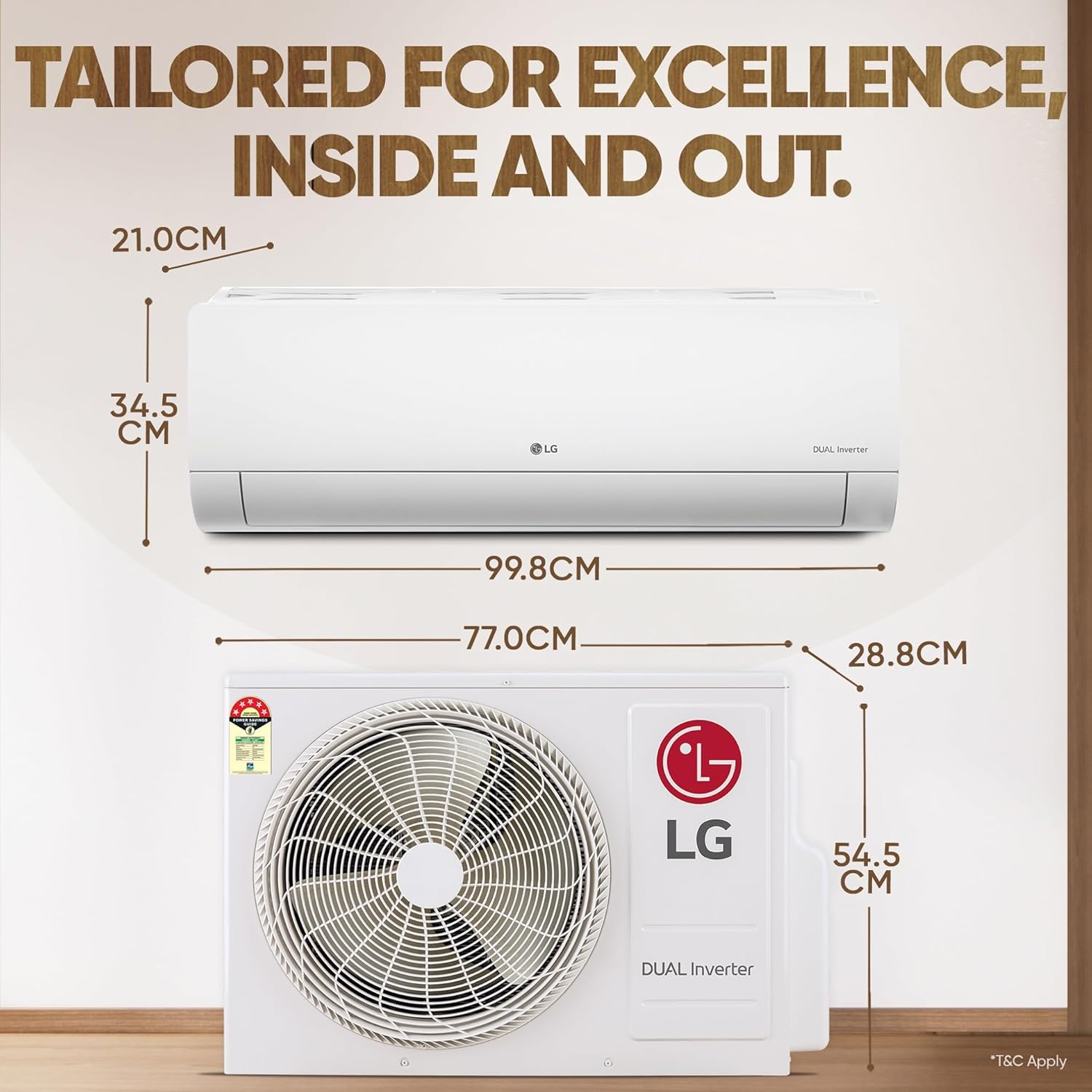
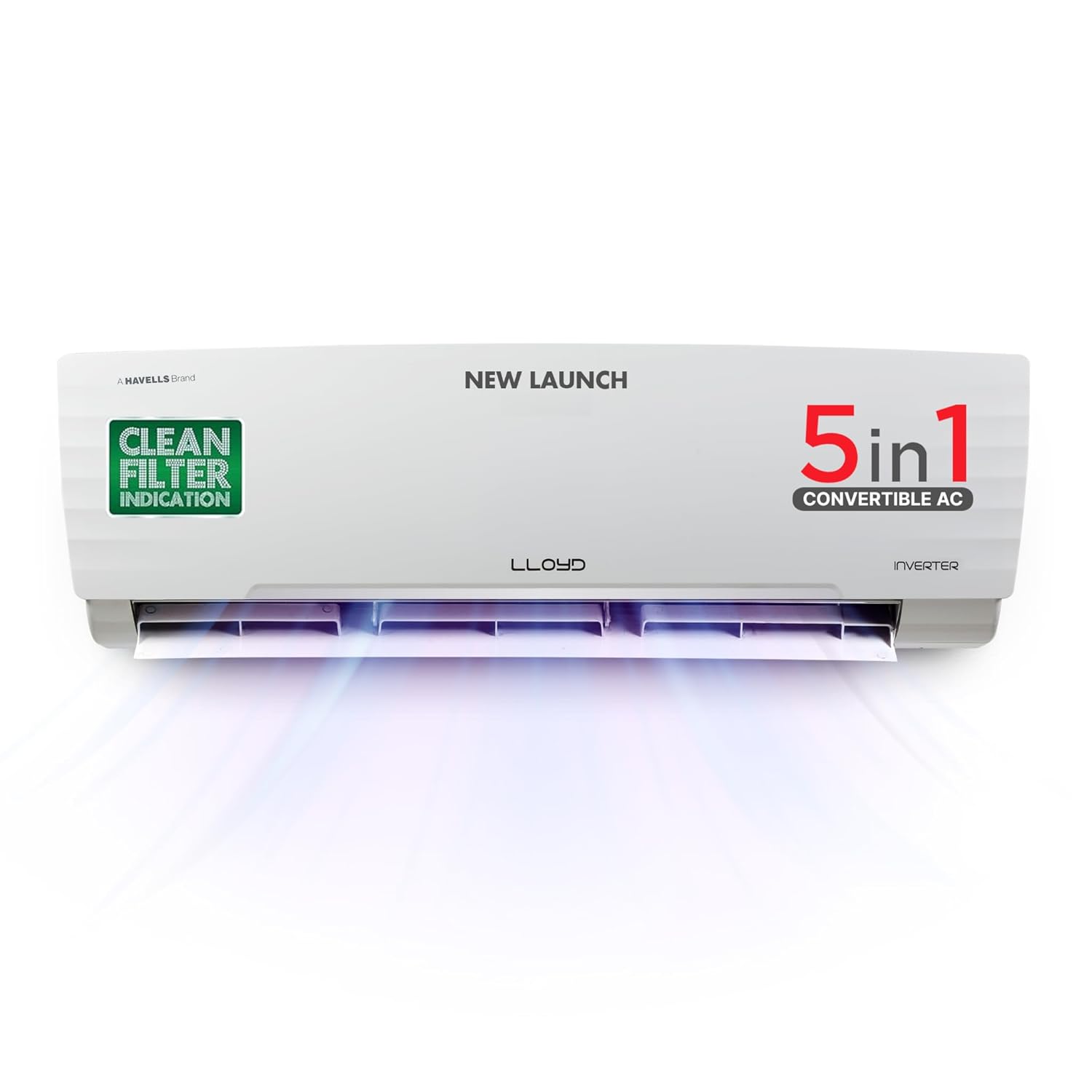
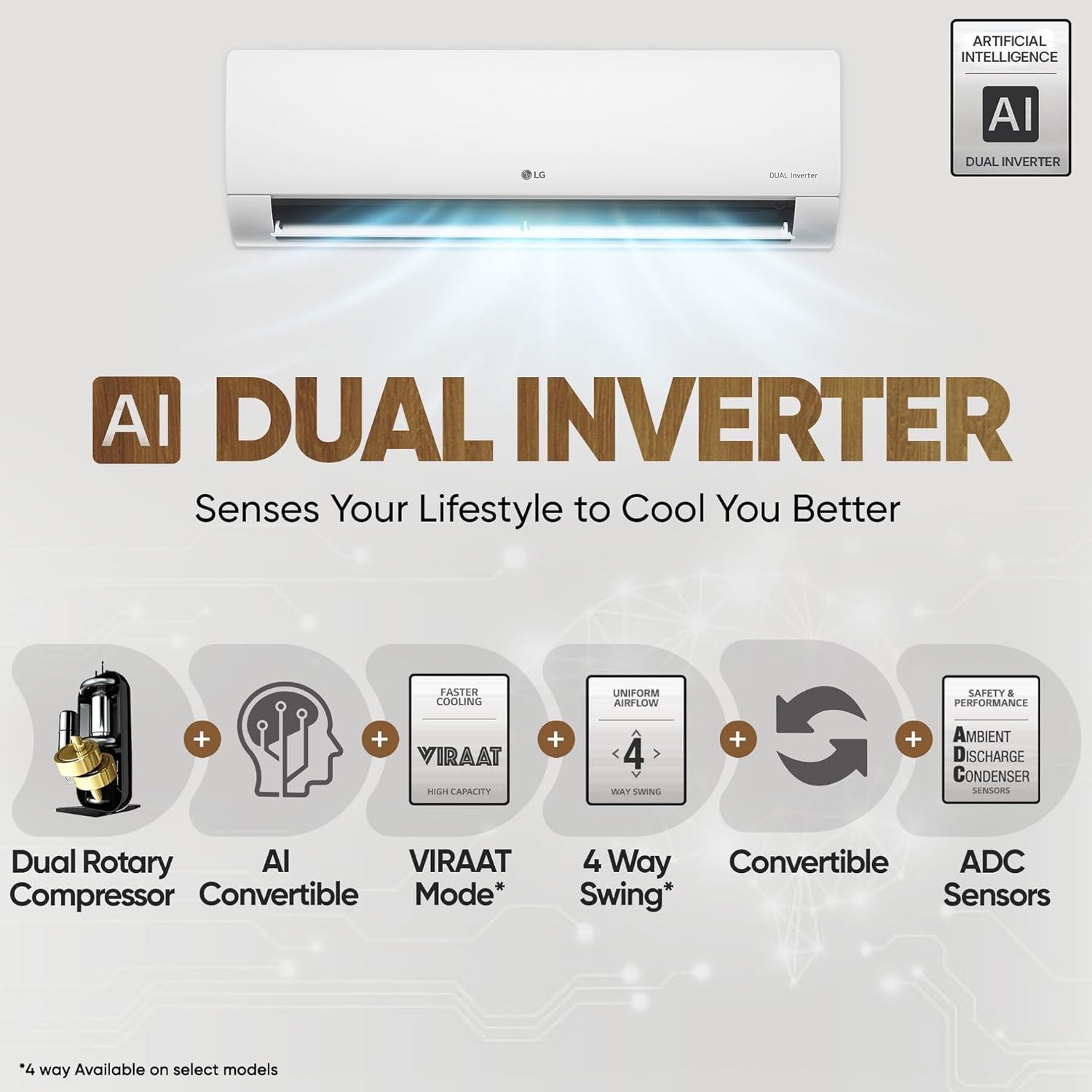
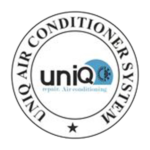 Please enter your name and phone number below, We will get back to you soon.
Please enter your name and phone number below, We will get back to you soon.